China's ban on the sale of products from US chip maker Micron Technology is considered the first significant "retaliatory" action against the sanctions that the US has applied to Chinese technology companies.
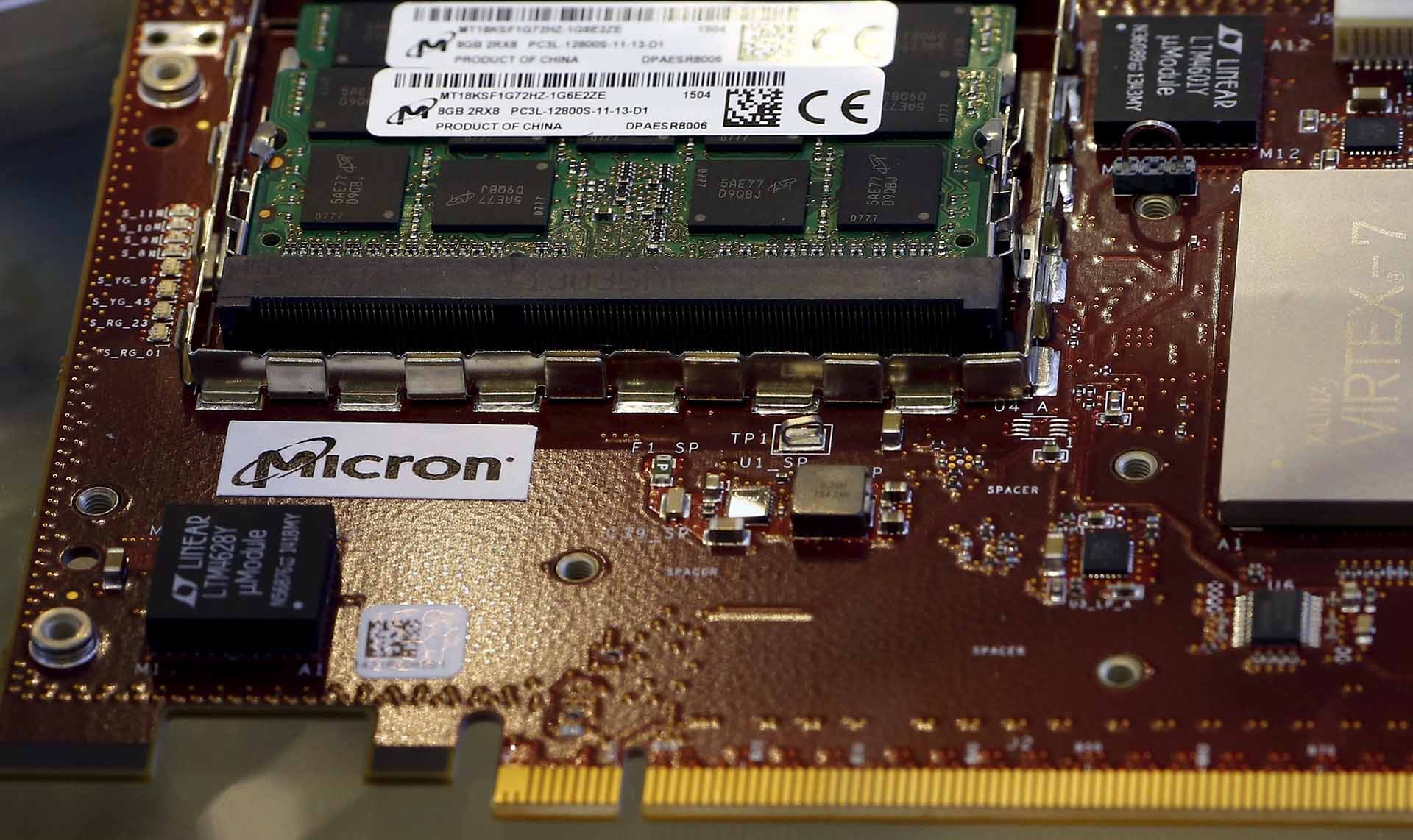 |
| Illustration photo. (Source: Reuters) |
On May 21, the Cyberspace Administration of China (CAC) announced that it would ban domestic “critical information infrastructure operators” from purchasing products from Micron due to “serious risks” to “key national infrastructure.”
Special context
Notably, this move comes at a time when US-China tensions in the technology sector are increasing. The US export ban in October 2022 has seriously affected the trading and production capacity of many Chinese enterprises such as Yangtze Memory Technologies Corp (YMTC), Changxin Memory Technologies (CXMT), Semiconductor Manufacturing International Company (SMIC) and HiSilicon.
Shortly thereafter, US allies and partners such as Japan, the Netherlands, and Taiwan (China), countries and territories that play a key role in the global semiconductor supply chain, restricted the export of their key technology products to the Chinese market.
That's not to mention the US government's previous bans on major Chinese tech companies, notably Huawei and ZTE in 2019.
In addition, Beijing’s move against Micron comes amid two significant developments. First, the recent G7 summit called for reducing risk and diversifying the supply chain of critical technologies , hinting at the risks posed by China. Second, Micron has just announced its decision to invest $3.6 billion in a factory in Japan.
More importantly, the move comes amid China's efforts to develop its semiconductor industry. The country's chip output accounts for 16% of the world 's semiconductor industry. In terms of Dynamic Random Access Memory (DRAM) and Non-volatile Memory (NAND), China accounts for 21% and 15%, respectively.
Beijing is now stepping up its domestic semiconductor production capacity. It has approved a $1.9 billion investment in YMTC, China’s largest chipmaker, to help the group recover from the US ban. At the same time, Powev Electronic Technology Co, a Shenzhen-based company, is receiving important resources to boost large-scale production of memory chips and solid-state memory.
Many calculations
Faced with that situation, first, China's move shows that its regulatory agency is ready to take tough action against businesses that negatively impact Beijing's interests, even if they are the world's leading memory chip company.
Second, the elimination of foreign companies in the domestic market will create space for domestic companies to rise up and become “giants” in the memory chip industry. Although major memory chip manufacturers such as SK Hynix and Samsung still hold a large market share, this country of one billion people still has enough space for domestic memory chip developers to “reach out” to the world.
Third, the impact of the Micron ban on China is not much. Its main competitors in the Chinese market are SK Hynix and Samsung, the world's two leading DRAM and NAND manufacturers. Therefore, Beijing does not have to worry too much about the impact of a tough decision on Micron, especially in the context that both SK Hynix and Samsung still have many interests in the Asian powerhouse market.
Fourth, with most of Micron’s customers being consumer electronics companies like Lenovo, Xiaomi, Inspur, etc., China’s decision is more likely to negatively impact Washington’s interests in the supply chain than Beijing’s. At the same time, it will weaken Micron’s position in the eyes of consumers, negatively impacting its reputation and revenue.
Fifth, the move will further strain Beijing’s relationship with Washington in the technology sector. Chinese regulators have insisted that the ban on Micron is an “exceptional case” and that they remain committed to “opening up” their markets. But it also signals Beijing’s new position, challenging Washington’s position in the technology competition between the two countries. At the same time, Beijing wants to send a message that Washington is not the only driving force in determining the direction of the current bilateral relationship.
Source






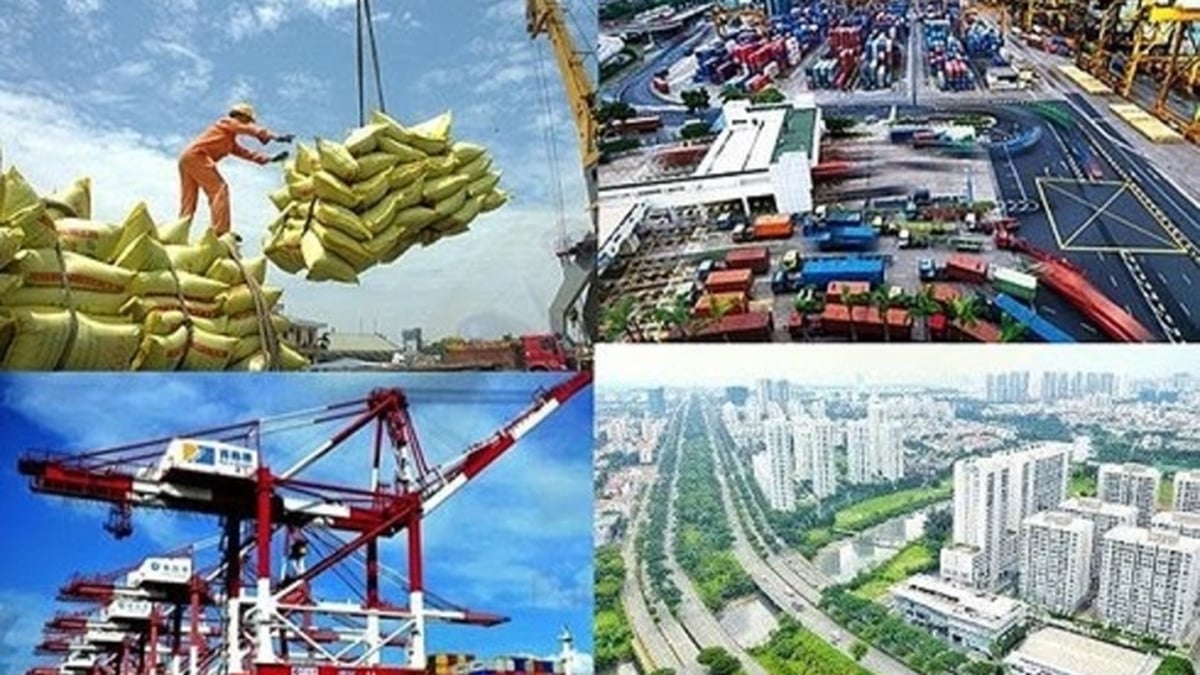

![[Photo] National Assembly Chairman Tran Thanh Man receives Chairman of Morocco-Vietnam Friendship Association](https://vphoto.vietnam.vn/thumb/1200x675/vietnam/resource/IMAGE/2025/7/26/b5fb486562044db9a5e95efb6dc6a263)

![[Video] New advances in technology for identifying martyrs' remains](https://vphoto.vietnam.vn/thumb/1200x675/vietnam/resource/IMAGE/2025/7/26/ef0db1b91ceb445badc48179e7d272a1)














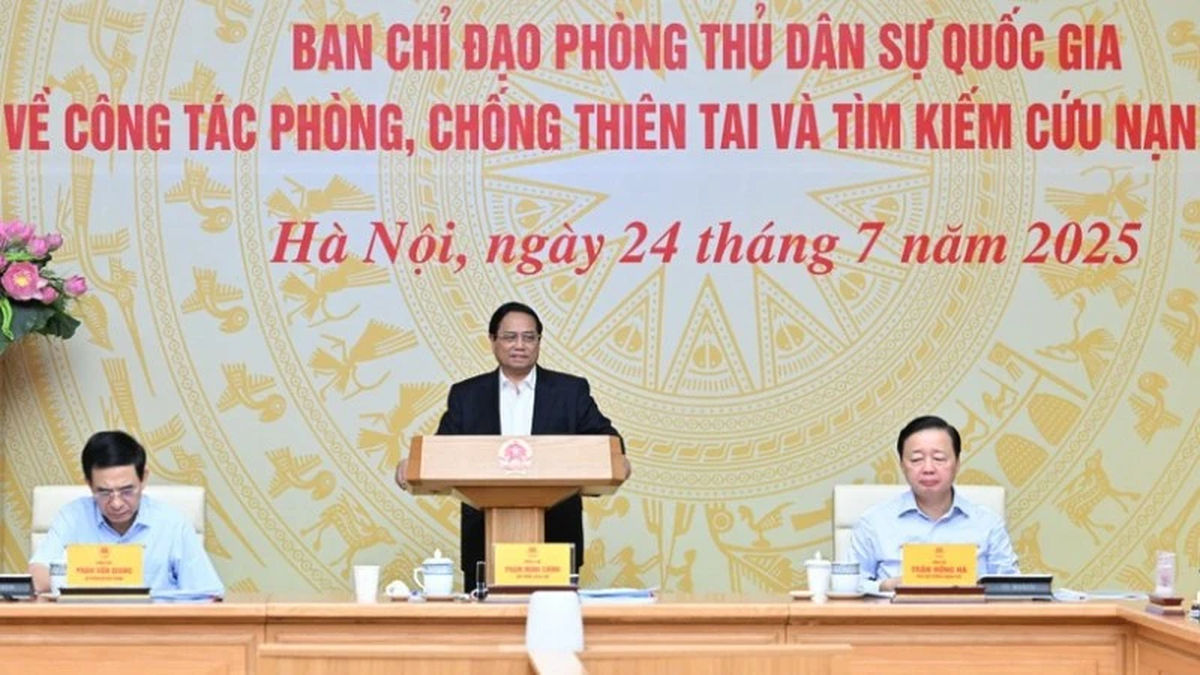
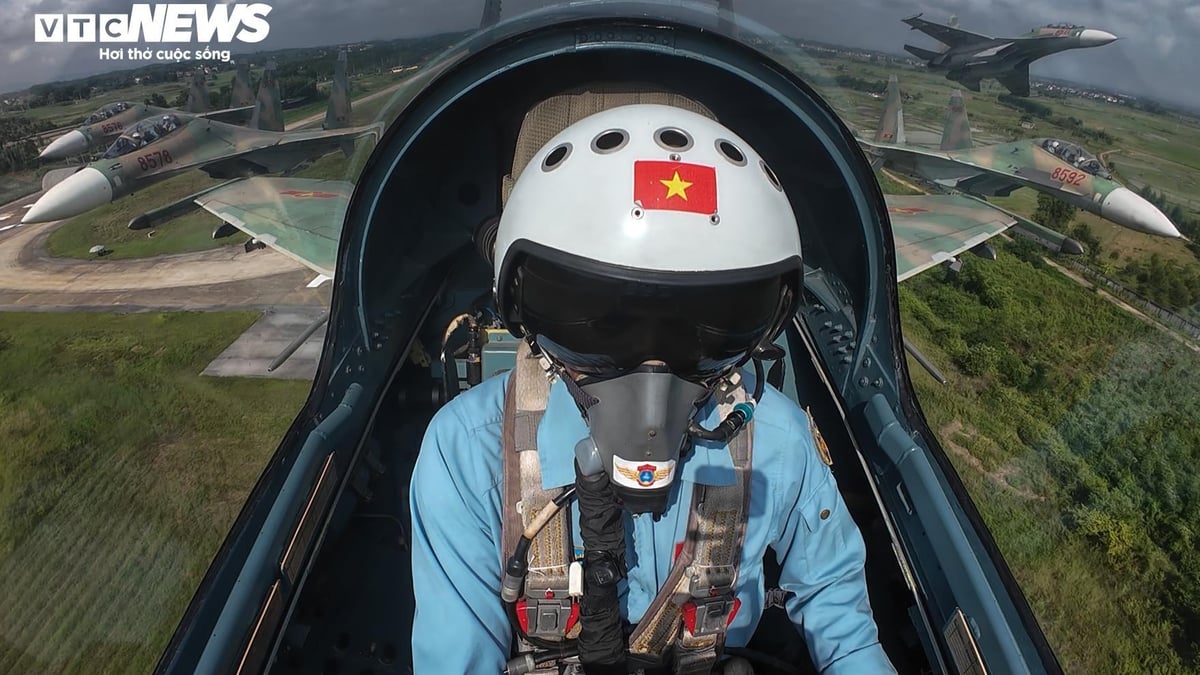



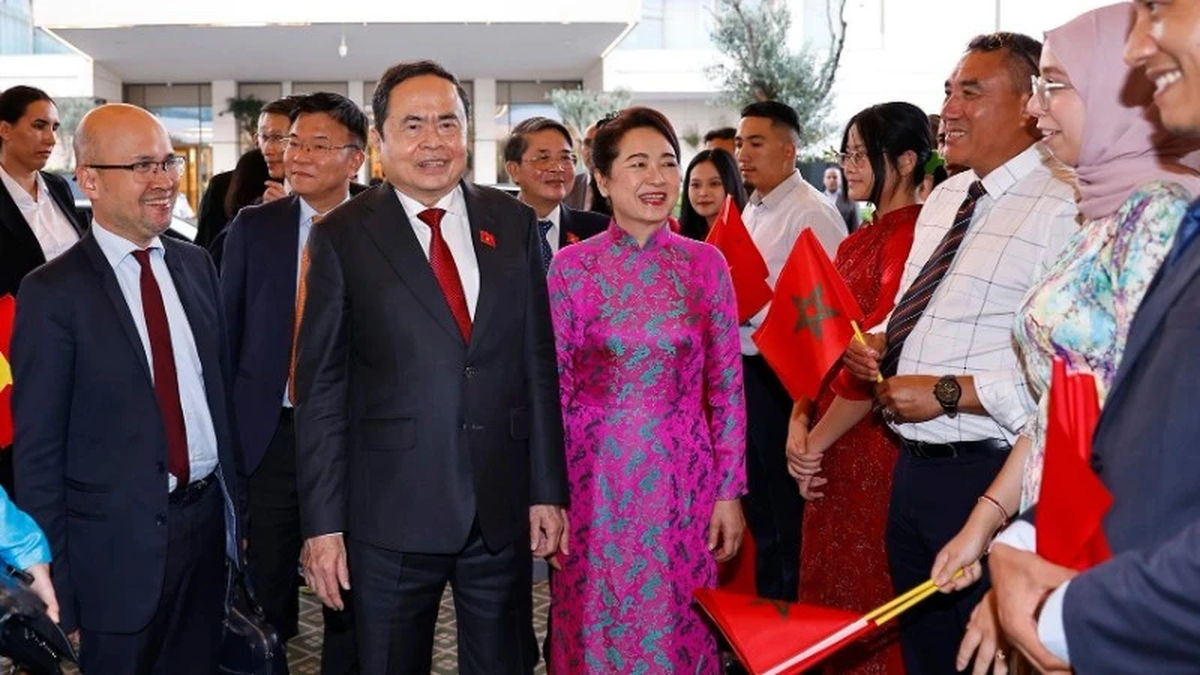














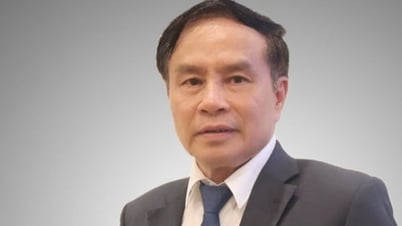





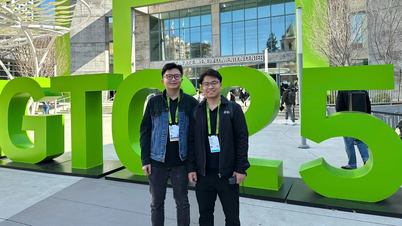


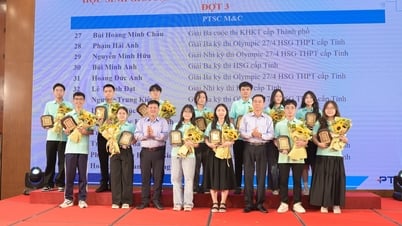










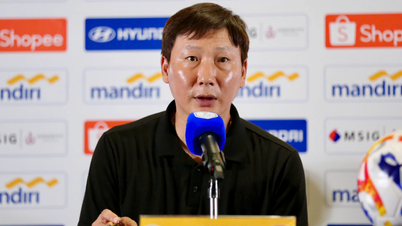







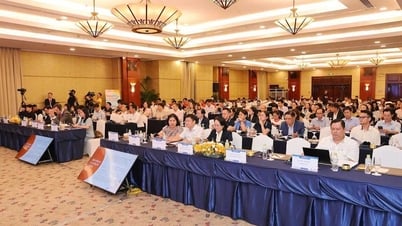


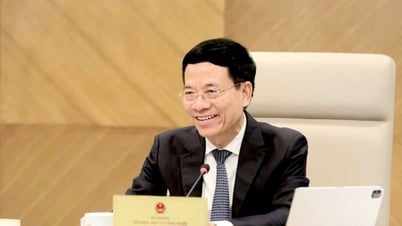


























Comment (0)